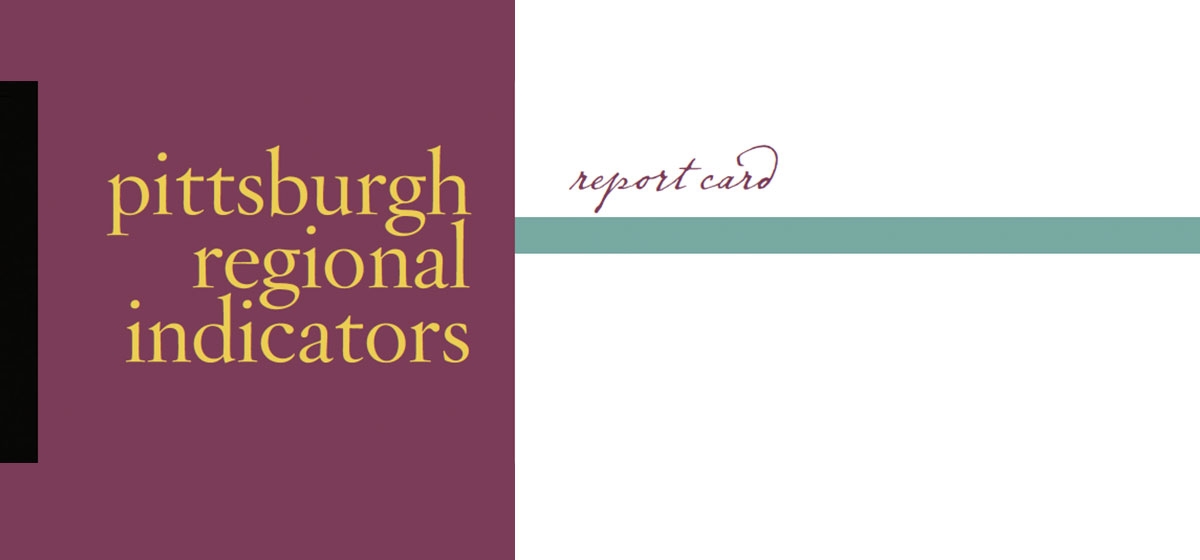
Perhaps we can blame Richard Florida, the former Carnegie Mellon professor, who popularized the notion that, yes, there is a creative class of people and a direct relationship between their representation in a region’s population and the social and economic prospects of that community. As Florida still tells it, everyone loves to be in the company of a non-conformist, most particularly the young and the migrating.
Arguable? Sure. Attributable to Florida? Probably not. But the notion has legs. Essays, forums and tables measuring communal deviance are current fare throughout the North American continent, with mayors, foundation executives and leading-edge politicians hanging their hats on every datum. If you have missed all this, the honeymoon is over. I am going to tell you a few things about Pittsburgh you probably have never heard but that are regularly bantered about in the aforementioned sociological circles. And it may hurt, but take your medicine — if for no other reason than that you need to know what people are saying about us behind our backs.
Let’s start with CEOs for Cities’ “Weirdness Index,” one of four in a cluster that are used to describe a city’s distinctiveness. They are in a 2006 publication from the Chicago nonprofit that codified 20 variables in a thin volume called City Vitals. The authors argue that these measures, individually, but not in aggregate, give a city’s civic leadership important insights into how their community is performing.
Given the title and what you know about Pittsburgh, where would you suspect we rank when it comes to weirdness? Forty-fourth out of the nation’s 50 largest cities, that’s where — beating out in descending order Indianapolis, Columbus, Cincinnati, Cleveland, Kansas City and St. Louis. (I told you this was going to hurt.)Now don’t peek at the table on the next page. Without even knowing the criteria, what would be your top city in the weirdness department? Riiiiiight, the City by the Bay where you lost your heart! At least two of the next four might come as a surprises, however, as they did to me: Salt Lake City, Denver, West Palm Beach and Seattle in that descending order.
Okay, we’ve had our fun. The thinking behind City Vitals’s four “distinctiveness” measures is worth our attention:
“One of the paradoxes of globalization,” the authors explain, “is that as the globe has become closely connected by commerce, communication and entertainment, the distinctive differences that distinguish one place from another have been muted by shared global commodities like Levi’s, Coke, cell phones, fast food and so on. Despite the increasing sameness, however, the remaining local distinctiveness plays an increasingly important economic role. Business strategists like Michael Porter remind us that strategy is ultimately about difference — the ability to do what one’s competitors cannot do. And as the pioneering urbanist Jane Jacobstells us, ‘The greatest asset a city or neighborhood can have is something that’s different from every other place.’”
I don’t know about you, but I buy that. I also embrace a civic strategy rooted in nurturing such distinctiveness. At the same time, I wonder if this very promotion of what is most unique about Pittsburgh is not a contretemps: How do you mix a Starbucks, dirt bike and a MySpace culture with Brigadoon?
A small group of us met several weeks ago in the Pittsburgh Filmmakers offices of Charlie Humphrey to kick around the subject of cultural indicators and their development for the Pittsburgh Regional Indicators project and bumped right into that conundrum. What should we care about? What should we keep an eye on? What could we measure to really make a difference in Pittsburgh’s cultural life and, thereby, protect some comparative advantage?
The answers were not immediately apparent, which is no surprise. But it is obvious that Pittsburgh’s “distinctiveness” is worth understanding and its positive manifestations nurtured. Can that occur without killing the very thing that you are attempting to exploit? I am not sure.Consider what it is that City Vitals chooses as weirdness measures: Deviations inpatterns of consumption. This covers everything from entertainment options to choices in appliances to where people take their vacation to what they have for dinner, 75 variables in all as determined by market research firms and from which City Vitals has refined 10 clusters. In the most simple terms, Pittsburgh would be more weird if we not only foreswore fast food and blue jeans, but also were slow to go to the computer and wouldn’t be found dead with a cup of latte. Thus, for all the initial charms of the index as described, there may be a fundamental contradiction. And, if not that, at least room for further refinement.
The same could be said of City Vitals’s three other measures of the relative“distinctiveness” of the nation’s 50 largest cities. Those indicators are the ratio of people attending cultural events to those watching cable television (Pittsburgh in 49th place beats only Nashville); the ratio of ethnic restaurants to fast food outlets in the region (Pittsburgh is 33rd, between Houston and Columbus) and the difference in the level at which residents patronized the top 60 grossing films of 2005 compared to the attendance patterns of the nation as a whole (Pittsburgh is 29th, bracketed by Houstonand Austin).
To repeat, there is no effort by City Vitals to arrogate these indicators, to make too much of them. You are left to pick and choose and do as you will with each individually. You also are more than welcome to believe “I could do better than this.”(We were wrestling with that at our Filmmakers meeting.) My only caution would be that before you criticize, be sure the data you need to build your better cultural mousetrap is available in a timely fashion and at a decent cost. The same holds true for City Vitals’s three other measures of civic performance: talent, 5 indicators; innovation, 4 indicators; connection, 7 indicators. Building such measures is not easily done.
It probably comes as no surprise that, while I find muchof what they have done to be arguable, the cumulative effect of CEOs for Cities’ efforts is consistently provocative and often insightful. On that basis I have included here six indicators that compare Pittsburgh in four cultural areas. Three are excerpted from City Vitals and three from the Urban Institute, a Washington-based nonprofit concerned with urban development and vitality. In the second instance, the data are based on the U.S. Census from the institute’s 2006 study, Cultural Vitality and Communities: Interpretation and Indicators.




